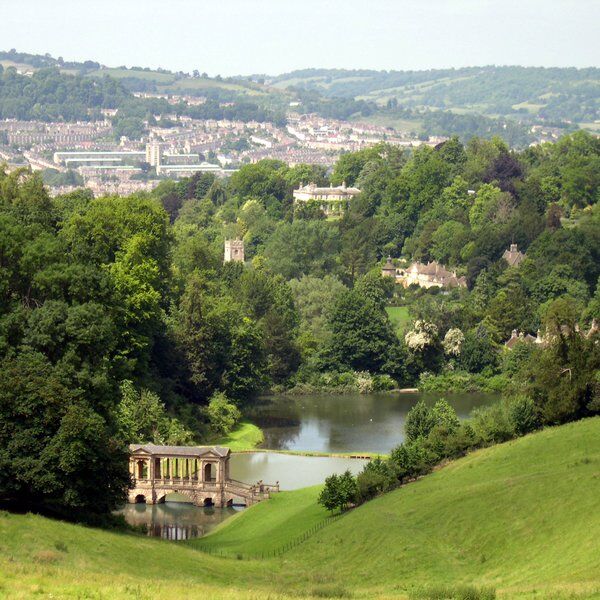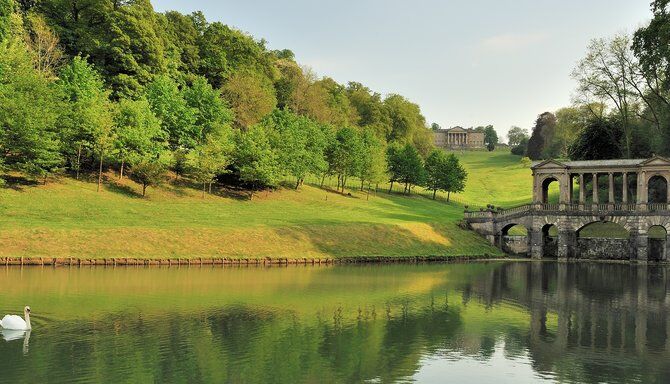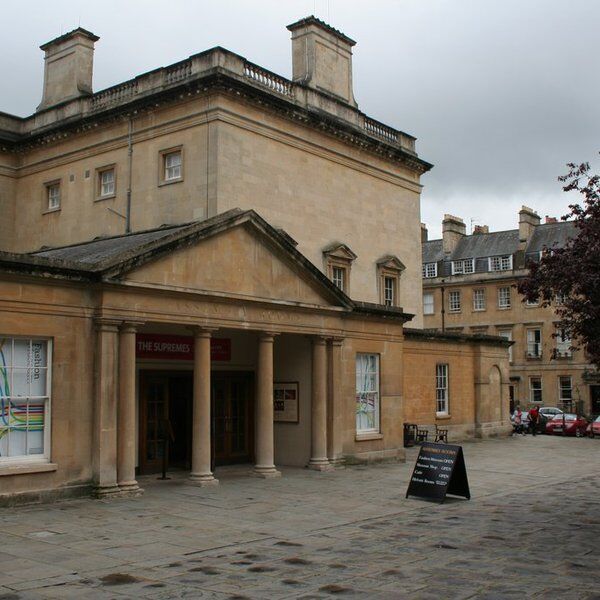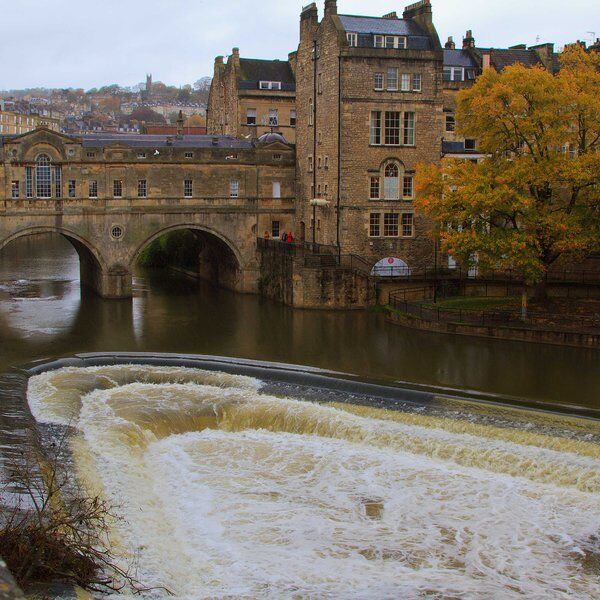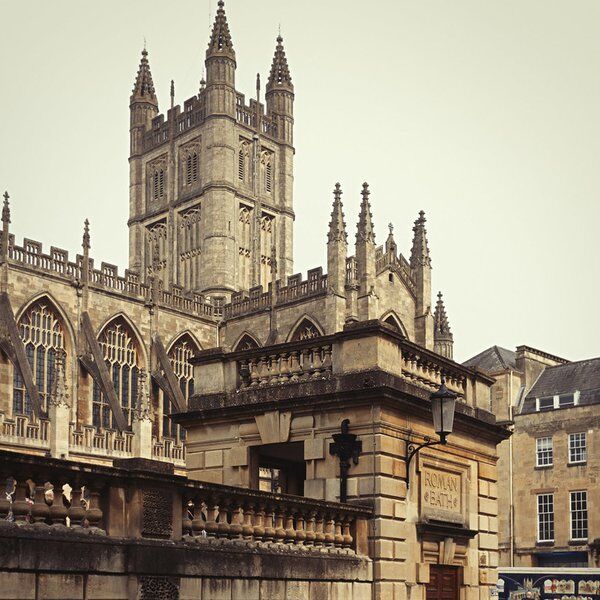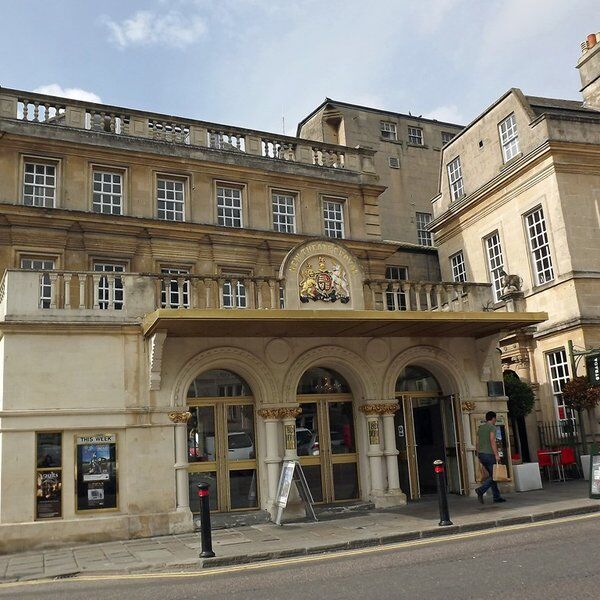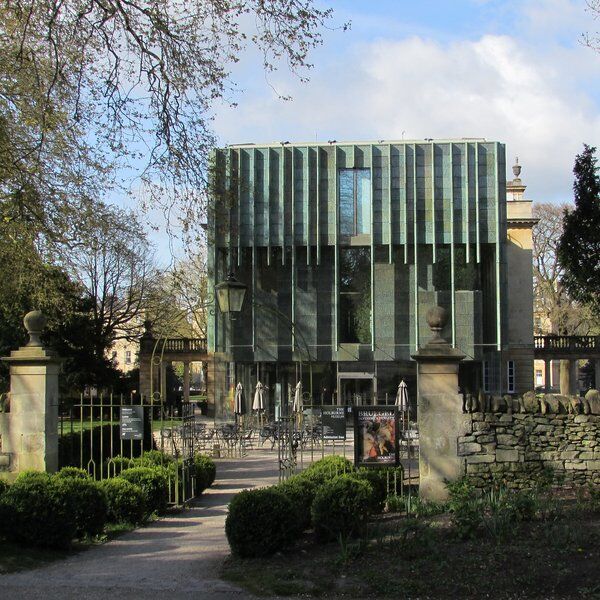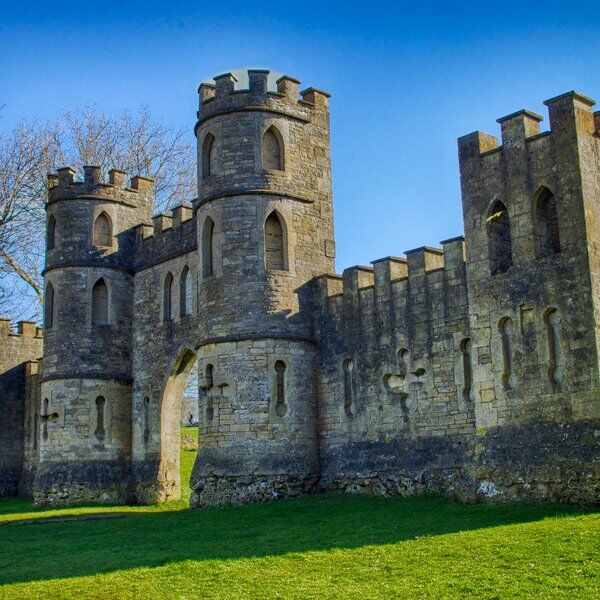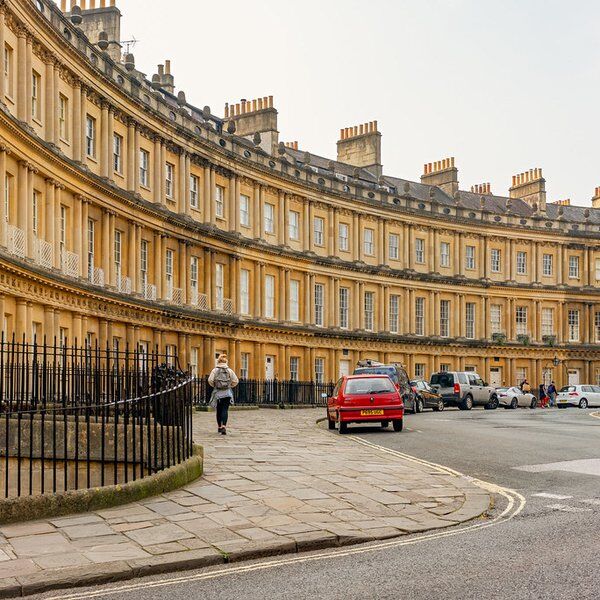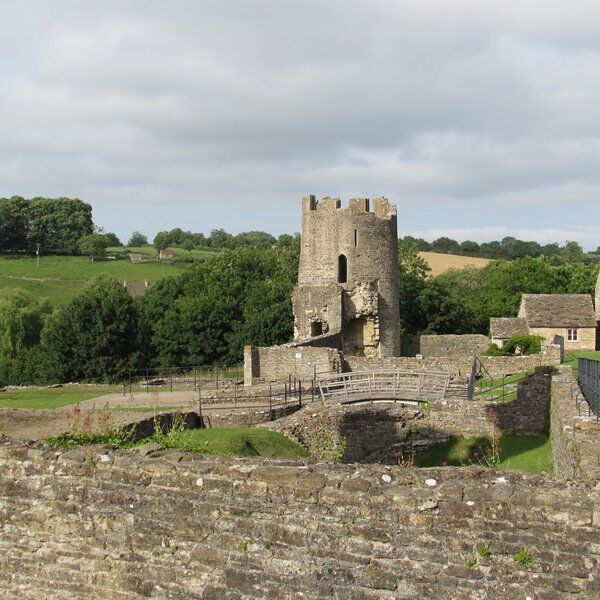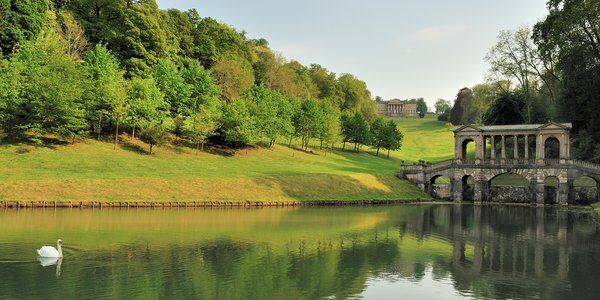
Before Prior Park Landscape Garden
The small, steep valley to the south-east of Bath that now contains Prior Park Landscape Garden first became a park in around 1100AD. Bishop John of Tours, formerly William I's doctor, had recently either been given or bought the town, including Bath Abbey, and was now looking for a place to hunt deer. The valley was perfect. A wall was built around it and a deer park was formed.
This was used by local authorities for many years but by the time of the Dissolution of the Monasteries (1536-41) had fallen into disrepair. The wall had been damaged, the deer had escaped and the land had been returned to agricultural use.
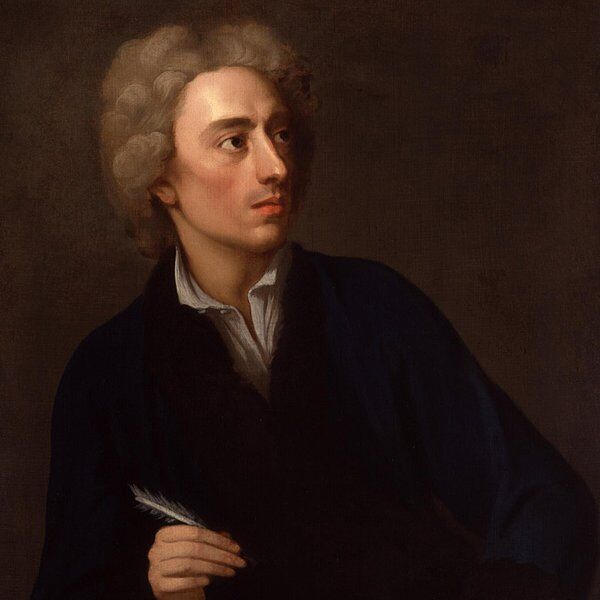
The Birth of Prior Park Landscape Garden
In the 1720s entrepreneur and philanthropist Ralp Allen bought the land and, with help from poet Alexander Pope (the man behind such sayings as, 'To err is human; to forgive is divine), turned it into a landscape garden. The valley's development didn't stop here however. In 1737, at least 55,200 trees were planted along its top and sides and, in the 1750s and 60s, more work was done by the (brilliantly named) Capability Brown.
By the end of all this, the land had been divided into two distinct areas. To the east, vegetable plots were split by a serpentine path; to the west, statues, grottoes, trees and exotic plants could be found. There was also a house and lodge designed by John Wood the Elder, the architect behind Bath Circus, and a Palladian bridge (see our article on The Royal Academy of Arts for more on Palladian architecture).

Prior Park Landscape Garden Into The Modern Day
The house and garden were purchased by Bishop Augustine Baines in 1828 and used as a seminary. It was later bought by Bishop William Clifford who turned it into the Roman Catholic school that eventually became Prior Park College.
In 1993 it was acquired by the National Trust and three years later it was opened to the public. A major restoration project began in 2002 and more restorations are planned for the future.
The park and in particular the Palladian bridge featured on the album artwork of Swedish metal group Opeth's second album.
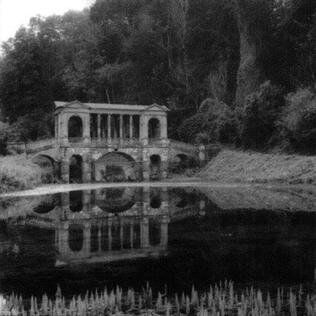
Visiting Prior Park Landscape Garden
The park is a 30 minute walk from Bath city centre or alternatively can be reached via bus line 2, Prior Park Gardens stop. There is no on site parking and the closest car park is in the city. Dogs are welcome in the park, as are picnics. There is a tea shed that sells drinks and cakes.
Nearby, the Bath Skyline loop (a scenic 10km walk) can be found just a 5 minute walk away. This features an Iron Age fort, Roman Settlements, 18th century follies (decorative castle-like structures) and great views over the city.
Adult tickets to the landscpae garden cost £8; children tickets cost £4; 1 adult and 2 children costs £12; and family tickets cost £20.
Prior Park Landscape Garden Opening Hours:
Vary-Check website.
